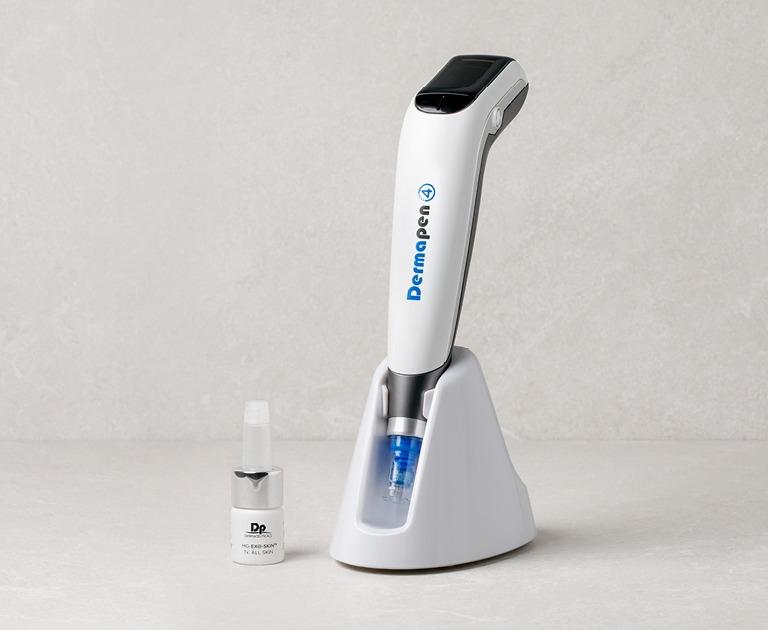If you are starting to explore the world of regenerative aesthetics, you have probably come across two big names: PRP and Synthetic Exosomes . These treatments are reshaping the way we approach skin rejuvenation, offering natural, non-surgical alternatives for restoring glow, smoothness, and firmness to the skin.
While they can address similar concerns, like fine lines, uneven tone, or scarring. PRP and Synthetic Exosomes work in fundamentally different ways, each with their own benefits and ideal uses. So, how do you choose between the two?
Let’s break it down.
PRP, or Platelet-Rich Plasma, is one of the most well-established regenerative treatments in aesthetics. It is sometimes called the “vampire facial,” but don’t let that nickname throw you off, it’s a very refined, minimally invasive procedure that’s loved for its natural results.
Here’s how it works:
We start by drawing a small amount of your blood. That blood is then spun in a centrifuge to separate and concentrate the platelets, which are rich in natural growth factors. These growth factors are key, they are your body’s own signals for healing, regeneration, and collagen production.
Once isolated, the PRP is gently injected or micro-needled into the skin, where it stimulates:
- New collagen formation
- Improved skin texture and tone
- Reduction of fine lines and scars
- Overall skin rejuvenation and brightness
PRP is also used for hair restoration, particularly in the early stages of thinning. When injected into the scalp, it helps revitalise hair follicles, slow shedding, and encourage healthier regrowth, using your body’s own biological tools.
PRP is completely natural, you are using your own blood with no additives or lab-derived components. It is a great option for those who prefer organic, bio-compatible treatment that still delivers visible results over time.



